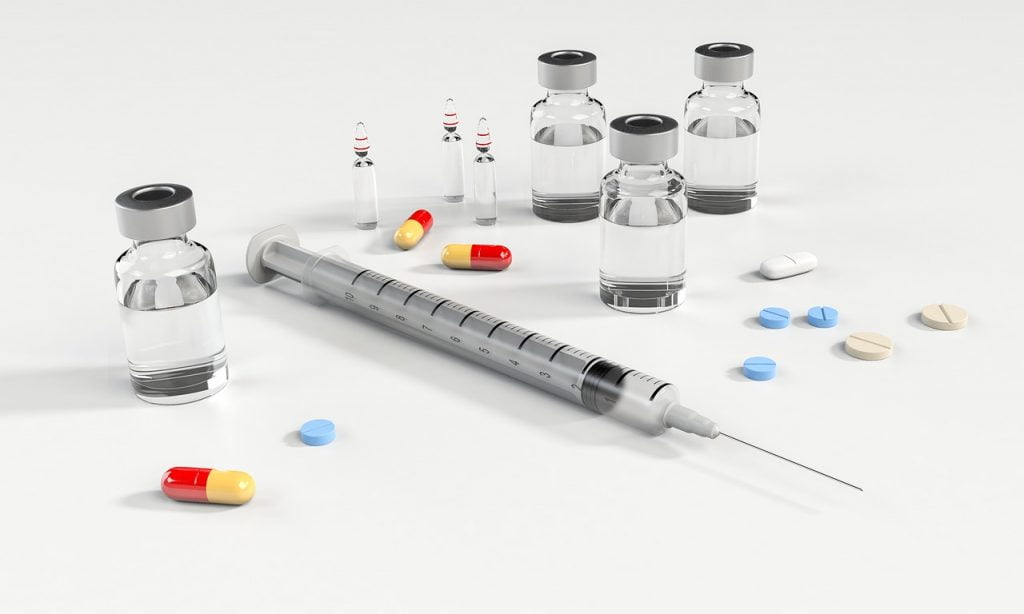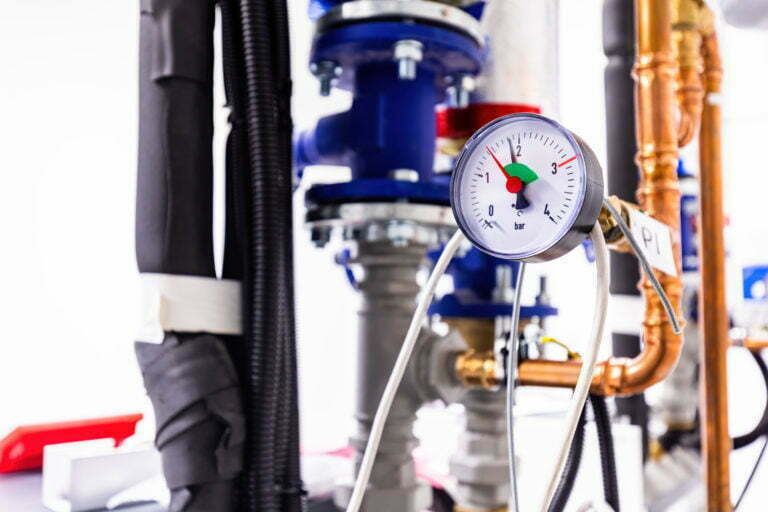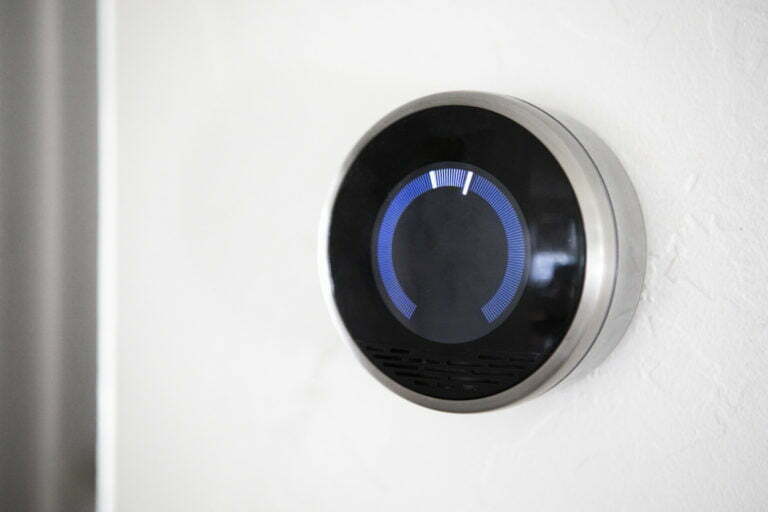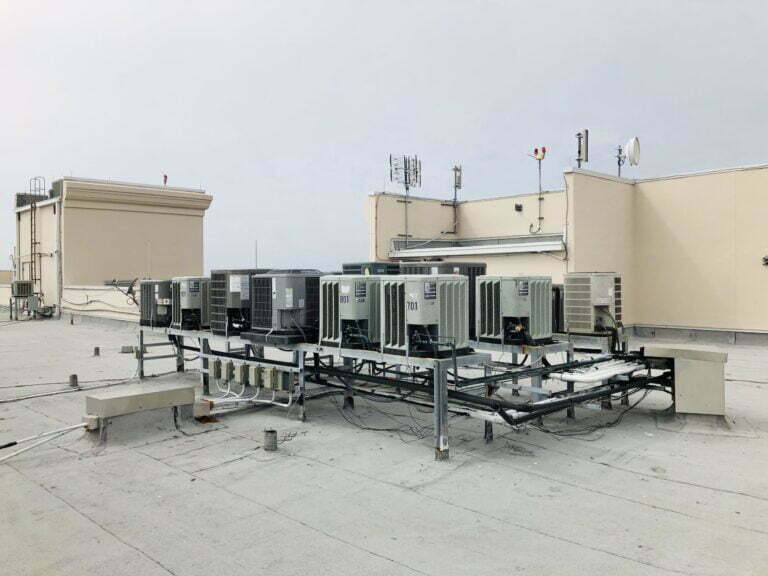Medicine in the past was a bit of a guessing game. You didn’t know whether you were having a boy or a girl before sonograms were invented in the 1950s. Getting backtest results could sometimes take weeks. If you had an emergency of some sort, you had to hope your doctor was a specialist. But the progression of technology and of what it can achieve has been faster than what anyone could have predicted, especially over the past 10 years ago. As artificial intelligence has been receiving more research, and more startups work to keep people healthier than ever before, technology is influencing medicine, and the illnesses being treated more efficiently on a daily basis.
Cancer
Cancer, in all of its various forms, is the No. 1 disease researched by grants provided by the US National Institutes of Health. This is because of its prevalence, and the effect that it has on not only those diagnosed, but their loved ones, co-workers, and friends as well. Cancer has the ability to destroy lives, especially if it’s found at later stages. So preventive medicine and early detection are key. Because of technology, early detection is not only easier, but also more affordable for people to access.
Previously, the best way to get a confirmed cancer diagnosis was through blood tests and sometimes a scan of only the affected area. This would be done after symptoms had begun to show and a doctor had ordered the tests. Some cancers are undetectable until it’s already too late, and some are mistakenly diagnosed as something else. A delayed diagnosis can be deadly. Technology is changing that, however. Now, scans such as Ezra can be done of the patient’s own accord, and can scan the whole body, if the patient chooses. MRI scans used to be an incredibly expensive test that could only be done in hospitals that were big enough to afford the technology. With technological innovation progressing at faster rates now, however, smaller clinics can affordably provide what was once reserved for those with money, or those near larger care providers.
Silent killers
Not every life-threatening illness has the immediate effect that cancer does on people. Some can be managed by lifestyle changes, leading the person to thrive for years. The tricky part is finding the root cause of the problems and symptoms that are presenting. Again, though, it’s not only blood or other expensive and uncomfortable tests that can be done now. Finding out whether you have high blood pressure, cholesterol, or even just if you have a healthy muscle-to-fat ratio, can be done almost anywhere. Portable devices can be used by health care providers that travel, or they can be in schools. Even gyms, or a health and wellness center in East Brunswick, NJ, can have technology that is so efficiently made that it can be trusted to determine whether help is necessary.
After this determination, a doctor, nutritionist, or trainer can help you to achieve your goals and live a healthy, active life, regardless of what ails you. A balanced diet and exercise regimen that’s tailored specifically to you and your needs can sometimes be all that you need to attain a more enjoyable day-to-day.
Technology no longer only serves to help us with external wants and needs. It’s not just for entertainment or to help make life easier around the house. It’s now being used every day to help people with diseases, with making better food choices, with treating the things that affect us into our very cells.





